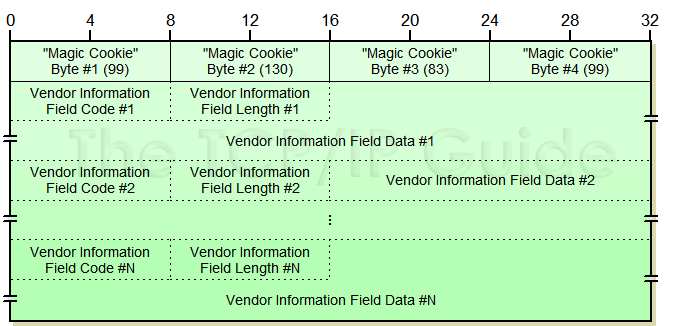 |
|
Please Whitelist This Site?
I know everyone hates ads. But please understand that I am providing premium content for free that takes hundreds of hours of time to research and write. I don't want to go to a pay-only model like some sites, but when more and more people block ads, I end up working for free. And I have a family to support, just like you. :)
If you like The TCP/IP Guide, please consider the download version. It's priced very economically and you can read all of it in a convenient format without ads.
If you want to use this site for free, I'd be grateful if you could add the site to the whitelist for Adblock. To do so, just open the Adblock menu and select "Disable on tcpipguide.com". Or go to the Tools menu and select "Adblock Plus Preferences...". Then click "Add Filter..." at the bottom, and add this string: "@@||tcpipguide.com^$document". Then just click OK.
Thanks for your understanding!
Sincerely, Charles Kozierok
Author and Publisher, The TCP/IP Guide
|
|
|

Custom Search
|
|
BOOTP Vendor-Specific Area and Vendor Information Extensions
(Page 2 of 3)
BOOTP Vendor Information Extensions
Including the Vend field in BOOTP gives the protocol extensibility for vendor-specific information. Unfortunately, the original field format didn't include any way of extending the information sent from a server to a client for generic, non-vendor-specific TCP/IP information.
This was a significant oversight in the creation of the protocol, because there are many types of information that a TCP/IP host needs when it starts up that really have nothing to do with its vendor. For example, when a host boots, we probably want it to be told the address of a default router; the subnet mask for its local subnet; the address of a local DNS server; the MTU of the local network; and much more. None of these things are vendor-specific, but there is no place to put them in the BOOTP reply message.
Since there was no “non-vendor-specific area” field in BOOTP, the decision was made to define a way of using the Vendor-Specific Area for communicating this additional generic information. This was first standardized in RFC 1048, and then refined in later RFCs as I explained in the BOOTP overview. This scheme basically represents one particular way of using the Vend field that most TCP/IP BOOTP implementations have chosen to adopt, regardless of their vendor. This enhancement is formally referred to as BOOTP vendor information extensions.
To clearly mark that this particular meaning of the Vend field is being used, a special, universal “magic cookie” value of “99.130.83.99” is inserted into the first four bytes of the field. Then, the remaining 60 bytes can contain a sequence of one or more vendor information fields. The overall structure of the Vendor-Specific Area when vendor information extensions are used is shown in Figure 257.
|
|
|
|
| |||||||||||||||||||
Home - Table Of Contents - Contact Us
The TCP/IP Guide (http://www.TCPIPGuide.com)
Version 3.0 - Version Date: September 20, 2005
© Copyright 2001-2005 Charles M. Kozierok. All Rights Reserved.
Not responsible for any loss resulting from the use of this site.








 Note: Despite the use of
Note: Despite the use of  Key Concept: The BOOTP message format includes a Vend field that was originally intended for vendor-specific customized fields. It was later changed to a place where additional generic information could be sent from a BOOTP server to a BOOTP client. Each such parameter is carried in a BOOTP vendor information field.
Key Concept: The BOOTP message format includes a Vend field that was originally intended for vendor-specific customized fields. It was later changed to a place where additional generic information could be sent from a BOOTP server to a BOOTP client. Each such parameter is carried in a BOOTP vendor information field.